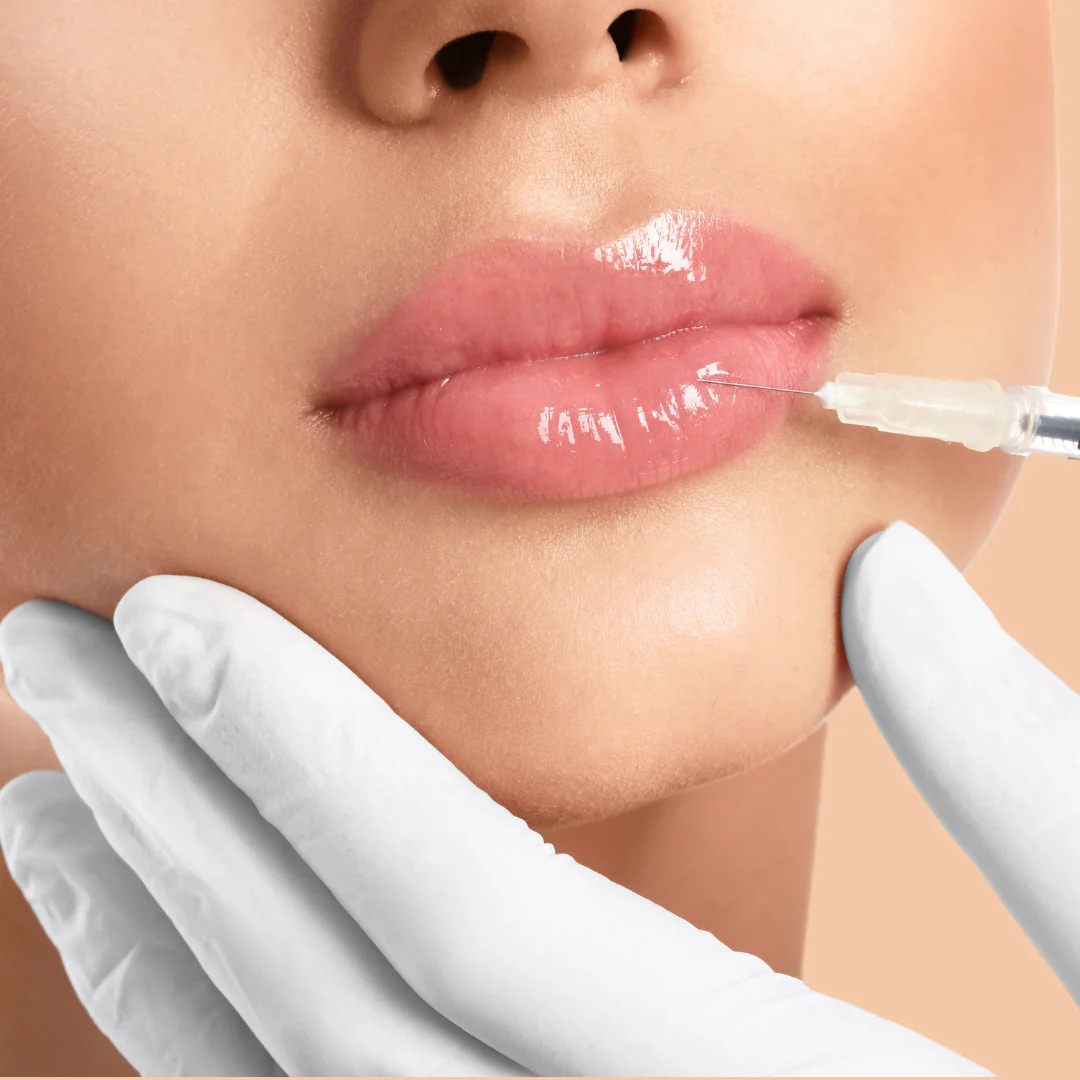When it comes to facial aesthetics and anti-aging treatments, dermal fillers like Juvederm have become a top choice for those seeking a youthful, refreshed appearance without undergoing invasive surgery. But for many first-timers or even repeat patients, one common concern remains: Do Juvederm fillers hurt during injection? Understanding the treatment experience is just as important as knowing the results. Pain tolerance varies from person to person, but modern aesthetic techniques and filler formulations have made the process more comfortable than ever. Whether you’re considering lip enhancement, smoothing laugh lines, or restoring volume to your cheeks, it’s helpful to know what to expect.
In the middle of exploring options for Juvederm Fillers in Dubai, potential patients often prioritize safety, results, and—understandably—comfort. So, let’s take a closer look at what the injection process actually feels like and how discomfort is minimized.
What Are Juvederm Fillers?
Juvederm is a popular brand of dermal fillers made from hyaluronic acid—a naturally occurring substance in the body that helps retain moisture and add volume to the skin. The product line includes several formulations, each designed for specific areas of the face, such as lips, cheeks, and nasolabial folds. These fillers work by plumping the skin from beneath the surface, smoothing out wrinkles, and enhancing facial contours for a more youthful look.
The Fear of Pain: Common But Addressable
It’s normal to feel a bit anxious about the idea of needles near your face, especially if it’s your first time. Many people associate cosmetic injections with pain simply because they involve needles. However, the discomfort involved with Juvederm is usually minimal and short-lived. Compared to more invasive procedures, the experience is far from what most would call “painful.”
The sensation during Juvederm injections is typically described as a light pinch or pressure. Some areas, like the lips, are more sensitive than others, but advances in filler formulations and application techniques have greatly improved patient comfort.
Lidocaine: Built-In Comfort
One of the key reasons why Juvederm fillers don’t hurt much is that many formulations include lidocaine, a mild local anesthetic. Lidocaine helps numb the area almost immediately after the injection starts, significantly reducing discomfort during the procedure. Once the lidocaine takes effect, subsequent injections are much easier to tolerate, even in more sensitive regions of the face.
The inclusion of lidocaine is a game changer. Instead of worrying about the pain with each injection, patients often report only minor pressure or a tingling sensation.
Pre-Injection Numbing Options
To further ease any discomfort, many professionals apply a topical numbing cream to the treatment area about 20–30 minutes before starting the injections. This added step ensures that even those with low pain tolerance can undergo the procedure with minimal distress. In some cases, ice packs may also be used to numb the skin and reduce swelling both before and after treatment.
Combining topical numbing agents with lidocaine-infused Juvederm creates a two-layer approach to pain management, making the whole process smoother and more pleasant.
What Does It Feel Like?
While everyone’s experience is slightly different, here’s what most patients report during the procedure:
- First Contact: A slight prick when the needle first enters the skin.
- During Injection: A feeling of pressure or fullness as the gel is injected.
- Immediate Aftermath: Slight tingling or stinging, often easing within minutes.
For most people, the fear of the unknown is worse than the actual procedure. Once the first injection is done, anxiety often fades as they realize it’s not nearly as uncomfortable as they imagined.

Post-Injection Sensations
After the injections, it’s common to feel mild tenderness or swelling in the treated area. This sensation is not painful but may be slightly uncomfortable for a day or two. Any lingering effects typically subside quickly and can be managed with ice and over-the-counter pain relievers if needed. You may also experience slight bruising, which is not uncommon but does not usually cause pain.
Psychological Comfort Matters
Sometimes, the anticipation of pain can heighten one’s perception of discomfort. Being informed, choosing a calm and comfortable environment, and working with a skilled professional can make a significant difference in how the treatment feels. Clear communication and a supportive atmosphere often put patients at ease, which in turn can help minimize perceived pain.
Tips to Minimize Discomfort
- Stay hydrated: Hyaluronic acid binds to water, and well-hydrated skin may respond better.
- Avoid alcohol and blood thinners before the procedure to reduce the risk of bruising.
- Arrive early so numbing cream has time to take effect.
- Stay calm and breathe slowly during the injection process.
Final Thoughts
So, do Juvederm fillers hurt during injection? For most people, the answer is no—or at least not in a way that’s truly uncomfortable. The use of lidocaine, numbing creams, and advanced injection techniques ensures that the experience is manageable, even for those with low pain thresholds. Any temporary discomfort is typically outweighed by the immediate and noticeable improvements in appearance.
Those considering Juvederm Fillers Dubai will be pleased to know that the process is designed to be as comfortable and efficient as possible, making it an appealing choice for enhancing one’s natural beauty without significant downtime or distress.

